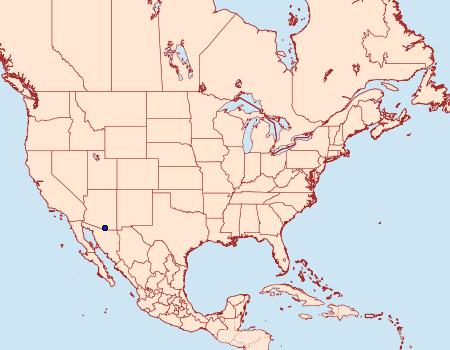Notodontidae
930087.65 –
7986 Rifargia ditta
(Barnes & McDunnough, 1910)
|
|
|
| Photographs are the copyrighted property of each photographer listed. Contact individual photographers for permission to use for any purpose. |
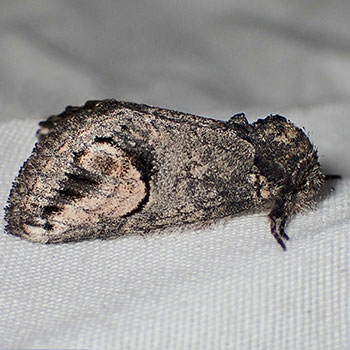
 - © Sue Carnahan
|
| Distribution: |
Arizona - Miller et al. (2021) |
Larva and
Host Plants: |
Host familiy: Cannabaceae[Ulmaceae]. Host genera: Celtis. (Shropshire & Douglas 2025) |
Description/
Field Marks: |
Sexually dimorphic with females showing a large pale elbow-shaped patch beyond the reniform. |
| Similar Species: |
- Pinned specimens of related species. (Hint: select View by Region on the related species page.)
|
| Synonymy: |
ditta (Barnes & McDunnough, 1910) (Heterocampa) - MONA 1983: 7986; TL: Santa Catalina Mts., AZ.agapa (Schaus, 1928) (Disphragis); TL: Venadio [sic; = Venadillo], Sinaloa, Mexico. |
| Taxonomic Notes: |
Rifargia ditta (Barnes & McDunnough, 1910), n. comb. in Becker (2014), was formerly in the genus Heterocampa. Specimens reported as [7999.1] Disphragis captiosa Draudt, 1932, in Leuschner (1992), are identified as this species in Miller et al. (2021), MONA Fascicle 22.1B:105, with captiosa treated extralimital north of Mexico. |
|
| References (Caution: DNA barcoding at BOLD provides evidence of relatedness, not proof of identification; some BOLD specimens shown may not be sequenced.) |
- Barcode of Life (BOLD) - Caution: Identifications often erroneous; DNA barcode provides evidence of relatedness, not proof of identification; many specimens not sequenced.
- Barnes, W.M. & J.H. McDunnough, 1910. New species and varieties of North American Lepidoptera. The Canadian Entomologist, 42: 212.
- Becker, V.O., 2014. Checklist of New World Notodontidae (Noctuoidea). Lepidoptera Novae, 7(1): 1-40.
- Leuschner, R., 1992. Occurrence of Disphragis captiosa (Notodontidae) in Arizona. Journal of the Lepidopteristsí Society, 46: 159.
- Miller, J.S., D.L. Wagner, P.A. Opler & J.D. Lafontaine, 2021. Noctuoidea, Notodontidae (Part 2, Conclusion): Heterocampinae, Nystaleinae, Dioptinae, Dicranurinae. The Moths of America north of Mexico, Fascicle 22.1B: 105; pl. A-16, figs. 8-10; pl. 55, fig. 6 (♂ gen.); pl. 71, fig. 6 (♂ sternum 8); pl. 84, fig. 2 (♀ gen.); pl. L-15, fig. 7 (larva). - order
- Shropshire, K.J. & D.W. Tallamy, 2025. Lepidoptera of North America, north of Mexico: an annotated list containing geographic ranges and host-plant records. ZooKeys, 1261: 101-113; Suppl. 1. (PDF or read online)
- Species Page at BugGuide.Net
- Species Page at iNaturalist
|
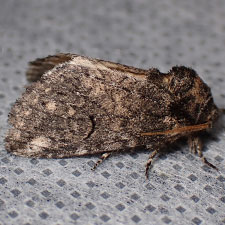
 - © Sue Carnahan
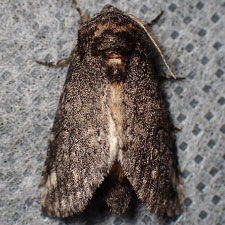
 - © Sue Carnahan
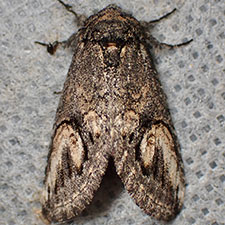
 - © Sue Carnahan
|
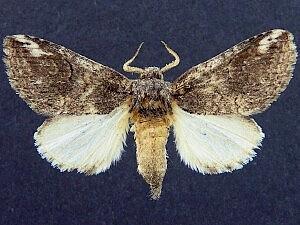
 - © Jeff Smith
|
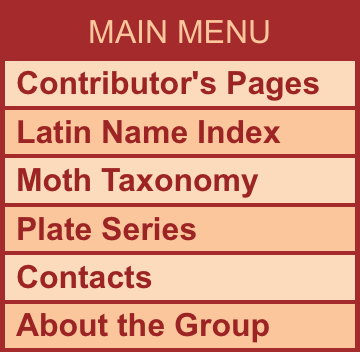
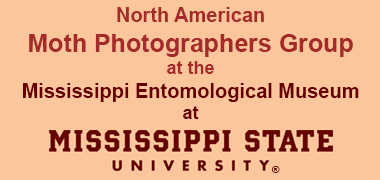
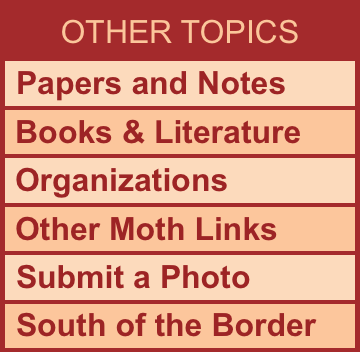

 - © Sue Carnahan
- © Sue Carnahan 
 - © Sue Carnahan
- © Sue Carnahan

 - © Sue Carnahan
- © Sue Carnahan

 - © Sue Carnahan
- © Sue Carnahan

 - © Jeff Smith
- © Jeff Smith
